HAPPY 6 YEAR ANNIVERSARY TO STAR WARS REBELS (October 3rd, 2014 - March 5th, 2018)
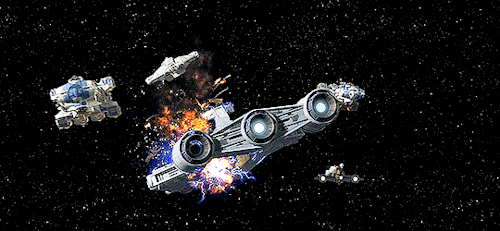
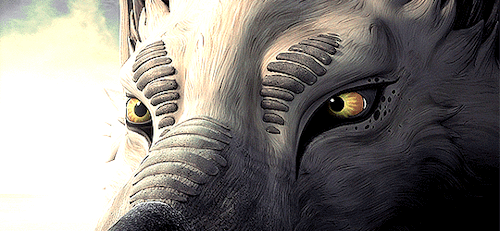

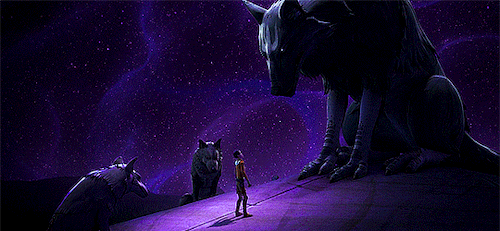
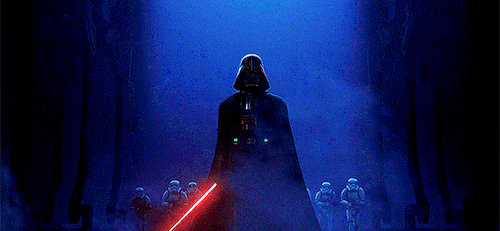


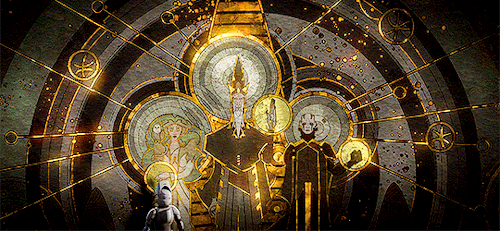
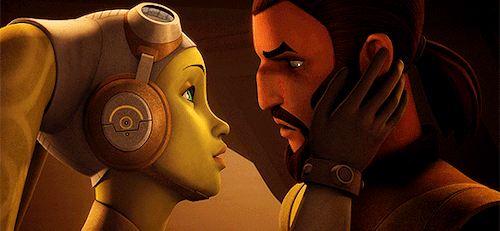
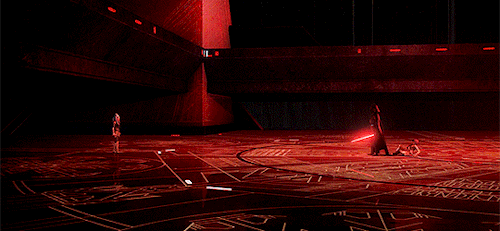
HAPPY 6 YEAR ANNIVERSARY TO STAR WARS REBELS (October 3rd, 2014 - March 5th, 2018)
More Posts from Athenadonovan and Others
Yay!

Fucking yes.
Beautiful!

I remember seeing this in 2016 and being amazed. Finally tracked it down.
Enterprise Beam Me Up! by cylonka. Links.
Featuring ManMan1701's JJ Voyager, based on Ricky Wallace's design. Links.
Clearly Kirk’s shirt is made of poorer quality material.







Captain Kirk + Ripped Shirts
First ever Tumblr post.



They can carry on and entire conversation just using tone and their names. :)








that’s it that’s their relationship
Beautiful

Claudia Black painted in Artrage 6
10 Amazing Space Discoveries by the World’s Largest Flying Observatory

On the night of May 26, 2010, the Stratospheric Observatory for Infrared Astronomy, or SOFIA, the world’s largest flying observatory, first peered into the cosmos. Its mission: to study celestial objects and astronomical phenomena with infrared light. Many objects in space emit almost all their energy at infrared wavelengths. Often, they are invisible when observed in ordinary, visible light. Over the last decade, the aircraft’s 106-inch telescope has been used to study black holes, planets, galaxies, star-forming nebulas and more! The observations have led to major breakthroughs in astronomy, revolutionizing our understanding of the solar system and beyond. To celebrate its 10 years of exploration, here’s a look at the top 10 discoveries made by our telescope on a plane:
The Universe’s First Type of Molecule

Scientists believe that around 100,000 years after the big bang, helium and hydrogen combined to make a molecule called helium hydride. Its recent discovery confirms a key part of our basic understanding of the early universe.
A New View of the Milky Way

More than a pretty picture, this panorama of cosmic scale reveals details that can help explain how massive stars are born and what’s feeding our Milky Way galaxy’s supermassive black hole.
When Planets Collide

A double-star system that is more than 300 light-years away likely had an extreme collision between two of its rocky planets. A similar event in our own solar system may have formed our Moon.
How A Black Hole Feasts
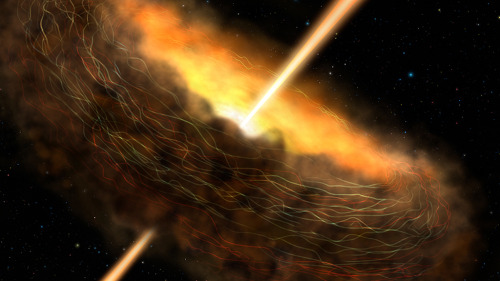
Fear not, the dark, my friend. And let the feast begin! Magnetic fields in the Cygnus A galaxy are trapping material where it is close enough to be devoured by a hungry black hole.
Somewhere Like Home

The planetary system around Epsilon Eridani, a star located about 10 light-years away, has an architecture remarkably similar to our solar system. What’s more, its central star is a younger, fainter version of our Sun.
A Quiet Place

Black holes in many galaxies are actively consuming material, but our Milky Way galaxy’s central black hole is relatively quiet. Observations show magnetic fields may be directing material around, not into, the belly of the beast.
The Great Escape

Ever wonder how material leaves a galaxy? The wind flowing from the center of the Cigar Galaxy is so strong it’s pulling a magnetic field — and the mass of 50 to 60 million Suns — with it.
Exploding Star, New Worlds

What happens when a star goes boom? It turns out that supernova explosions can produce a substantial amount of material from which planets like Earth can form.
Stellar Sibling Rivalry

They say siblings need time and space to grow, but here’s one that really needs some room. A newborn star in the Orion Nebula is clearing a bubble of space around it, preventing any new luminous family members from forming nearby.
Clues to Life’s Building Blocks

Radiation from stars is making organic molecules in nebula NGC 7023, also known as the Iris Nebula, larger and more complex. The growth of these molecules is one of the steps that could lead to the emergence of life under the right circumstances.
SOFIA is a modified Boeing 747SP aircraft that allows astronomers to study the solar system and beyond in ways that are not possible with ground-based telescopes. Find out more about the mission at www.nasa.gov/SOFIA.
Make sure to follow us on Tumblr for your regular dose of space: http://nasa.tumblr.com

Here’s another photo of De (looking awesome in his coat, vest and tie) during the Star Trek production team’s visit to a NASA facility in 1967.
The photos below have been posted before by me and others (check out @star trek nasa visit), but I like to have them all together in one post, so there you go.





Beautiful ship!










USS Enterprise, NCC-1701-A, from Star Trek Beyond, by Alexander Klemm.
-
 alphaofdarkness liked this · 4 months ago
alphaofdarkness liked this · 4 months ago -
 cassettoicecream liked this · 5 months ago
cassettoicecream liked this · 5 months ago -
 littlebluebatbrat liked this · 5 months ago
littlebluebatbrat liked this · 5 months ago -
 thepinkwool liked this · 5 months ago
thepinkwool liked this · 5 months ago -
 black-cat-babe liked this · 5 months ago
black-cat-babe liked this · 5 months ago -
 victorianightlight liked this · 5 months ago
victorianightlight liked this · 5 months ago -
 strigeart liked this · 5 months ago
strigeart liked this · 5 months ago -
 nekobakaz reblogged this · 5 months ago
nekobakaz reblogged this · 5 months ago -
 daily-loth-cat reblogged this · 5 months ago
daily-loth-cat reblogged this · 5 months ago -
 littlelesbianlegend liked this · 7 months ago
littlelesbianlegend liked this · 7 months ago -
 alexkablob liked this · 7 months ago
alexkablob liked this · 7 months ago -
 wulverarctos liked this · 7 months ago
wulverarctos liked this · 7 months ago -
 ct-hardcase reblogged this · 7 months ago
ct-hardcase reblogged this · 7 months ago -
 kyluxspam liked this · 7 months ago
kyluxspam liked this · 7 months ago -
 auralatrocityabyss liked this · 7 months ago
auralatrocityabyss liked this · 7 months ago -
 moondancer-sigsegv liked this · 7 months ago
moondancer-sigsegv liked this · 7 months ago -
 alolawitch liked this · 7 months ago
alolawitch liked this · 7 months ago -
 rexrivers2 liked this · 7 months ago
rexrivers2 liked this · 7 months ago -
 r2d2thless liked this · 7 months ago
r2d2thless liked this · 7 months ago -
 definesupposedtobe liked this · 7 months ago
definesupposedtobe liked this · 7 months ago -
 five-hour-anxiety reblogged this · 7 months ago
five-hour-anxiety reblogged this · 7 months ago -
 jalkori reblogged this · 7 months ago
jalkori reblogged this · 7 months ago -
 funeralmoons reblogged this · 7 months ago
funeralmoons reblogged this · 7 months ago -
 moadej reblogged this · 7 months ago
moadej reblogged this · 7 months ago -
 moadej liked this · 7 months ago
moadej liked this · 7 months ago -
 podracing-on-lothal reblogged this · 7 months ago
podracing-on-lothal reblogged this · 7 months ago -
 weerd1 reblogged this · 7 months ago
weerd1 reblogged this · 7 months ago -
 weerd1 liked this · 7 months ago
weerd1 liked this · 7 months ago -
 the-porg-apprentice reblogged this · 7 months ago
the-porg-apprentice reblogged this · 7 months ago -
 loge2718 reblogged this · 9 months ago
loge2718 reblogged this · 9 months ago -
 loge2718 liked this · 9 months ago
loge2718 liked this · 9 months ago -
 elithespacecowboy liked this · 9 months ago
elithespacecowboy liked this · 9 months ago -
 five-hour-anxiety liked this · 9 months ago
five-hour-anxiety liked this · 9 months ago -
 konekorambles reblogged this · 9 months ago
konekorambles reblogged this · 9 months ago -
 oenothera5 liked this · 9 months ago
oenothera5 liked this · 9 months ago -
 diabolicallywhimsical liked this · 9 months ago
diabolicallywhimsical liked this · 9 months ago -
 gatofelix liked this · 9 months ago
gatofelix liked this · 9 months ago -
 bi--jedi reblogged this · 9 months ago
bi--jedi reblogged this · 9 months ago -
 retrogeekfangirl liked this · 9 months ago
retrogeekfangirl liked this · 9 months ago -
 ele-millennial-weirdo reblogged this · 9 months ago
ele-millennial-weirdo reblogged this · 9 months ago -
 gamelpar liked this · 1 year ago
gamelpar liked this · 1 year ago -
 tuwim reblogged this · 1 year ago
tuwim reblogged this · 1 year ago -
 axolotl-on-a-string liked this · 2 years ago
axolotl-on-a-string liked this · 2 years ago -
 belong2human-kind liked this · 2 years ago
belong2human-kind liked this · 2 years ago -
 theholyayran liked this · 2 years ago
theholyayran liked this · 2 years ago -
 grogudjarinn reblogged this · 3 years ago
grogudjarinn reblogged this · 3 years ago

